An old story: Six blind men are asked to describe an elephant. Each feels a different part of the elephant’s body: leg, tusk, trunk, tail, ear, and belly. Predictably, each offers a vastly different assessment: pillar, pipe, tree branch, rope, fan, and wall. They argue vigorously, each sure that their experience alone is the correct one. (taken from Whole – by Dr. Colin Campbell)
In 1962, 13% of the population was obese and in 2008 it is more than 1 out of 3 Americans at 34%. Type 2 diabetes doubled between 1980 and 2008. Hypertension increased by 30% between 1997 and 2009.
Why?
We have more medical advances than anytime in medical history. We know more about the component parts of nutrition than ever before. The supplement industry is making $25 billion dollars a year. We have more prescription drugs than ever before. And guess what? The side effects of these same prescription drugs is the 3rd leading cause of death in the US behind heart disease and cancer. (Again, check out Whole by Dr. Campbell!)
Our modern science breaks it all down into fats, carbohydrates, proteins, vitamins and minerals, and this information is on every package. We have been sold this idea that these reduced parts are the keys to nutrition. We have slowly come to believe that the component parts of an apple, in supplement form, are better than just eating an apple.
Dr. Esselstyn a cardiologist at the Cleveland Clinic conducted a study beginning in 1985. His findings were published at 5 years and 12 years respectively. In the eight years prior to his study his 18 patients with cardiovascular disease had a total of 49 coronary episodes (heart attacks, angioplasty, bypass surgery). Esselstyn put his patients on a whole foods, plant based diet. During the 12 year period there was only one new cardiac episode, and it was a patient who had veered away from the whole foods, plant based diet. Those who stayed with the whole foods, plant based diet became cardiac-symptom free. According to Dr. Colin Campbell this is the most profound health research ever.
I am not saying researchers should not research. I am not saying that there is not a benefit to researching component parts. We know that vitamin C fights scurvy. We know that female athletes need more iron and a supplement may be beneficial. But, nutrition cannot be reduced to solely an attempt to understand each component part. In fact the whole is more than the sum of its parts because we don’t understand the whole, whole. The apple mentioned previously does a lot more inside our bodies than all the known apple nutrients ingested via supplementing. The whole apple is more than the sum of its parts. Nutrition is really about Wholism.
A diet centered on whole foods that are plant based can literally heal so many diseases and conditions that the most natural conclusion regarding disease is that the most basic cause of disease is poor nutrition. These diseases are manifested in thousands of different symptoms. Sadly our modern nutrition, supplementing, and prescription drug companies focus on symptoms instead of the underlying cause – poor nutrition.

